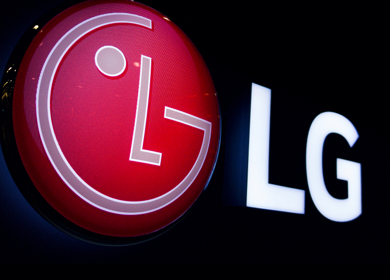MarTech Stacks and Digital Experience Trends in 2023
Published: January 03, 2023

As the world enters 2023, brands and marketers must stay on top of MarTech trends in order to keep their marketing priorities on track.
Although marketers think that they are on the right track, keeping up with current trends and changes is crucial. Consumers' requirements and behaviours keep changing. New marketing tools and capabilities will keep emerging.
Below are the two main trends that we expect marketers will experience in 2023:
More enterprises will embrace composable infrastructure
According to Gartner, organizations that adopt a composable approach in 2022 will outpace their competition by 80% in new feature implementation.
In 2022, digital experience platform (DXP) Sitecore expanded its composable offerings, which allow enterprise brands to pick and choose among various digital ecosystems instead of committing to one vendor for all of their digital architecture.
In 2023, more enterprises will adopt composable architectures to reduce the costs of digital transformation. Because of the number of people and systems involved in larger organisations, updating and implementing new technology is a more difficult task.
Increase in low-code customer experience processes
Over the last few years, the no-code and low-code space has boomed with exciting new companies and products that enable massive levels of creativity and innovation.
A recent report by Gartner also states that low-code tools will make up 65 percent of all app development by 2024. Now, more and more marketers are starting to jump on the low-code bandwagon, with 80 percent saying it freed up time for them to focus on high-priority tasks.
There are many no-code tools available on the market for workflow automation and business process automation. As previously stated, enterprises will prefer composable infrastructure in the future. Because of the need to adapt quickly, low-code customer experience (CX) processes will be implemented.
Mastering MarTech Complexity with Orchestration
While a monolithic MarTech suite has its benefits, most marketers prefer "best of breed" solutions.
With a composable approach, companies can choose the applications their team wants to use. They can assemble, disassemble, or reassemble modular components to meet changing market demands.
However, many of these applications will need to be purchased separately to get the full functionality, which may require substantial development time and potential difficulties in integrating the data layer.
Besides, companies also need to orchestrate their business processes and workflows across the apps and platforms of their composable stack. This adds another layer of complexity.
On the other hand, low-code or no-code MarTech tools are also on the rise. Undeniably, these tools deliver a great value proposition to businesses. However, like with every technology, these platforms have noteworthy tradeoffs and downsides as well.
Low-code/no-code solutions still require prudent implementation, especially when the apps interface and interconnect with mission-critical apps and enterprise-wide systems.
While automation is the cornerstone of many MarTech solutions, orchestration is key to getting disparate systems to work together. With the growth of composable architecture, brands are leveraging more business applications, so orchestrating across them is essential for boosting productivity. Understanding the differences between automation and orchestration can prepare marketers to select the right products to support their workflows now and in the future.
The future points to a composable architecture with best-of-breed and low-code solutions forming the core of a MarTech stack. However, platform selection and implementation are mission-critical to making the most of these platforms.










Be the first one to comment.